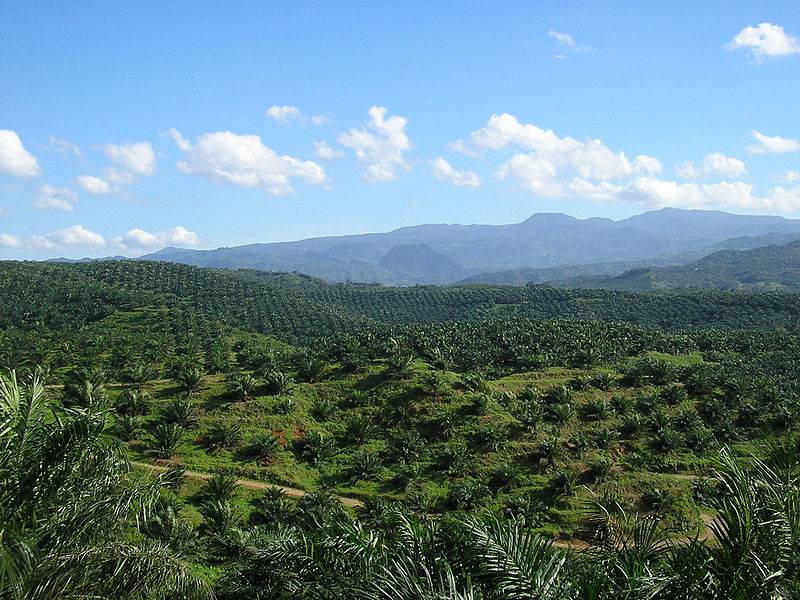Recently I came across an interesting discussion item from CIFOR (Center for International Forestry Research) entitled “Are deforestation-free commodities too good to be true?” which nicely summarises the challenges and opportunities for commodities. Continue reading “Challenges and opportunities for zero deforestation commodities”
Month: June 2018
Estimating aboveground carbon stock in forests: Allometric models
Following on from the last blog post, this post will look at another method for measuring aboveground biomass in forests is through the use of allometric models which relate tree dimensions to biomass. This is a good time to discuss this approach, since I’ve spent the past few days comparing allometric models used in two different regional carbon assessments of cocoa farms in Indonesia. Continue reading “Estimating aboveground carbon stock in forests: Allometric models”
Estimating aboveground carbon stock in forests: Biome approach
The aim of this post is to introduce the various methods that have evolved to measure forest carbon stocks and focus on one of the most commonly used high level methods. Subsequent posts will focus on other methods.
Importance of measurement
Forests are of global importance because of their biodiversity and the carbon they sequester. A reservoir or system which has the capacity to accumulate or release carbon is known as a “pool” (FAO, 2016). In the context of forests it refers to the amount of carbon stored in the world’s forest ecosystem, mainly in living biomass and soil, but to a lesser extent also in dead wood and litter. Continue reading “Estimating aboveground carbon stock in forests: Biome approach”

